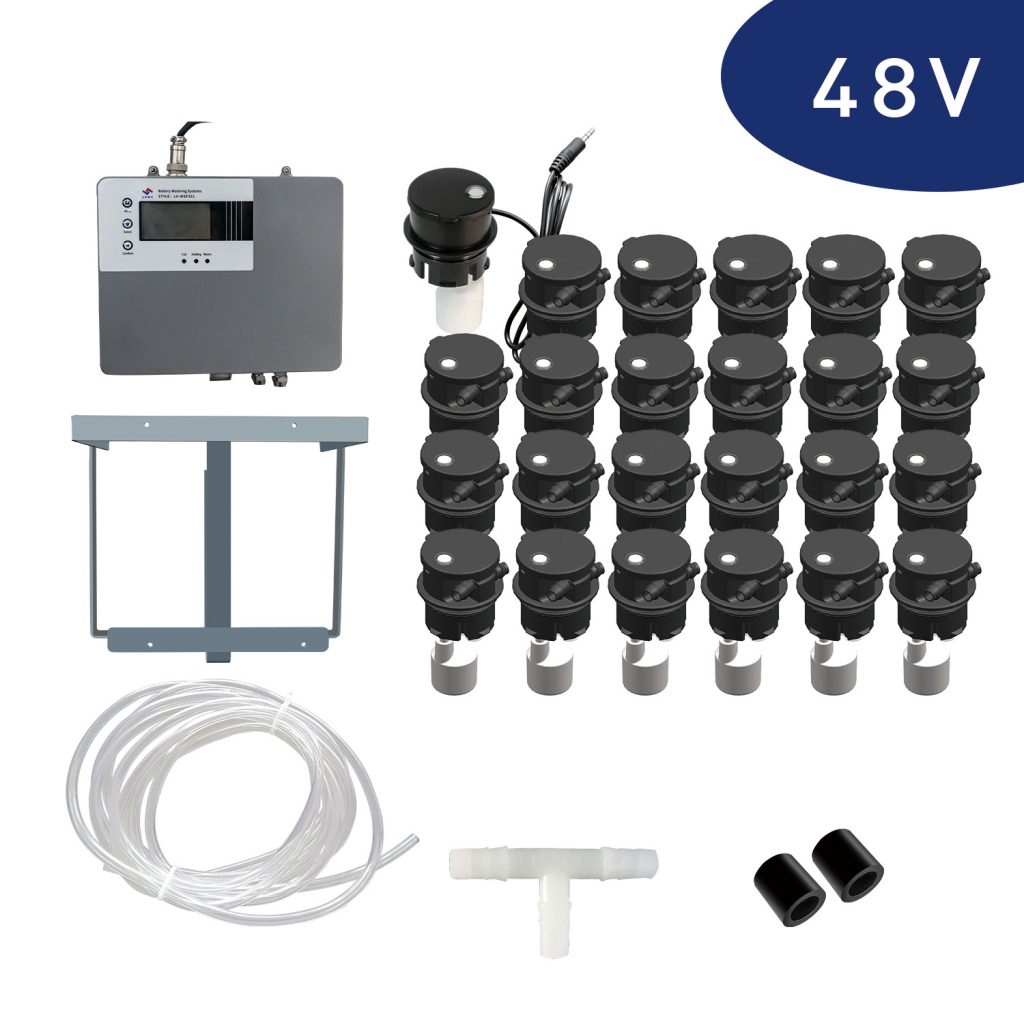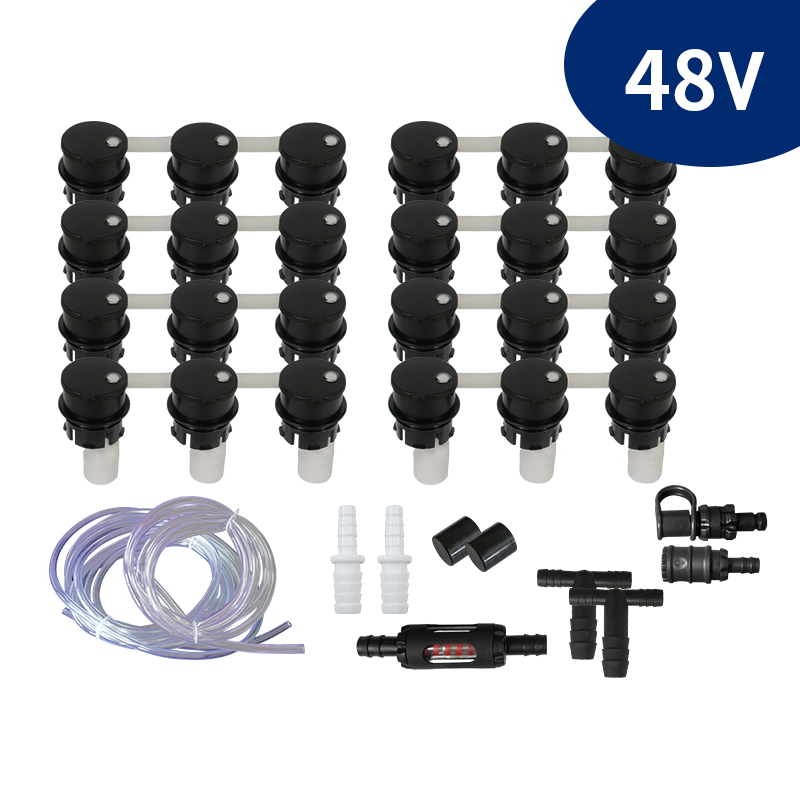1.Pulse repair method:
Using a high-frequency positive and negative pulse generator to continuously generate high and low frequency conversion pulses for the battery, one of which can have the conditions to dissolve large lead sulfate, and the other is pulse disturbance, which destroys the conditions for the continued growth of large lead sulfate , this method overcomes the limitations of the previous repair technology, and has the advantages of rapidity, about 8-12 hours, high repair efficiency, less power consumption, and will not cause battery water loss, softening of the positive plate, and change of the original structure of the electrolyte. The repair effect on severely sulfided lead-acid batteries is 3-4 times that of the past, and the repair rate reaches more than 90%. The application of this technology reduces the number of scrapped batteries.
2.Strong current repair method:
The strong current repair method is a method of repairing the battery with a long-lasting high voltage or high current during charging, and it is mostly used when the effect of the pulse repair method is not obvious. 1. High-voltage repair method: This method is mainly to repair the battery with a charging voltage of 1.3-1.5 times the nominal voltage of the battery. For example, a 36V battery is charged with a 48V charger under the condition that the charging current is constant or close to it. , The charging time should be measured and not too long, otherwise the battery will heat up due to gassing. This method has a certain repair effect on batteries with short circuit and low degree of plate softening, but if used improperly, it will also cause damage to the pressure point of the battery plate. Second, high current repair method: This method mainly uses a charging current 1.5-2.0 times higher than the usual charging current to repair the battery. For example, a 20AH battery is charged with a 3-4A charger. The advantages and disadvantages of “high voltage repair” law”.

3.Full charge and full discharge repair method:
The full charge and full discharge repair method is to fully charge the battery and then completely discharge the battery to repair it. The full charge and full discharge repair method mainly has a certain repair effect on slightly damaged batteries. At the same time, this method can also effectively activate the active substances in the deep layer of the battery and increase the capacity of the battery. Such as mildly vulcanized batteries and batteries with high internal resistance, the key to this method is to fully discharge, and to fully discharge each single battery separately, fully charge and fully discharge 1-2 times, the capacity of the battery Generally can be improved. The full charge and full discharge repair method should not be used frequently, at least once every six months, and at most once every three months.
4.Water replenishment repair method:
The “water loss” of the battery can be repaired by replenishing water. The purpose is to dilute the sulfuric acid with increased concentration and carry out the electrolytic reaction normally. The method of replenishing water is relatively simple. You only need to open the top cover of the battery, you can see six round holes, inject a certain amount of distilled water into each hole, and then soak for more than 24 hours. Only distilled water can be used for replenishing water, and other components of water, including pure water, cannot be added, because there are various metal molecules in the water of other components, which will easily cause self-discharge and damage the battery after being added to the battery.
5.Reconfiguration repair method:
Electric vehicle batteries are generally composed of several batteries connected in series. The battery is damaged in many ways, and the battery may be damaged in several aspects at the same time: for vulcanized batteries, the effect of repairing Better; but for batteries with softened plates and severed plates, they can be repaired immediately. Due to physical flaws, the reusable value is not great. The service time after repair is also very short, and the effect of repair will be even worse. The best way is to “replace the old battery with the old battery with more than 80% capacity)” with little repair value, and then regroup it with the remaining few batteries.
Generally speaking, the repair is only for batteries without quality problems, and the main situation is battery vulcanization caused by over-discharge.

1. Use a charger with silicon rectification to charge slowly for 3-5 hours with a current of 1/20 of the capacity, and then charge with 1/10 of the battery for more than 12 hours, the battery can basically be repaired;
2. There are also people who charge with a high current of 2 times the capacity of one-tenth of the capacity for 30 minutes, and then do it according to the above method. Which method to use depends on the actual situation of the battery. Generally, the first method is recommended.
The electrodes are mainly made of lead and its oxides, and the electrolyte is a battery of sulfuric acid solution. In the discharge state, the main component of the positive electrode is lead dioxide, and the main component of the negative electrode is lead; in the charging state, the main component of the positive and negative electrodes is lead sulfate. Divided into vented batteries and maintenance-free lead-acid batteries.
The battery is mainly composed of tubular positive plate, negative plate, electrolyte, separator, battery tank, battery cover, pole, liquid injection cover, etc. The electrodes of the vented battery are composed of lead and lead oxides, and the electrolyte is an aqueous solution of sulfuric acid. The main advantages are stable voltage and low price; the disadvantages are low specific energy (that is, the electric energy stored per kilogram of battery), short service life and frequent daily maintenance. Old-fashioned ordinary batteries generally have a lifespan of about 2 years, and the height of the electrolyte needs to be checked regularly and distilled water added. However, with the development of technology, the life of lead-acid batteries has become longer and easier to maintain.
